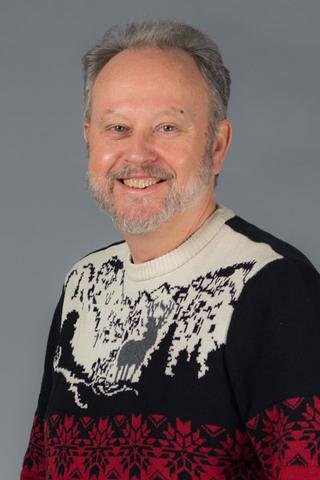
Shawn P. Murphy, Ph.D.
Contact
Shawn P. Murphy, Ph.D.
About Me
Faculty Appointments
Associate Professor - Department of Obstetrics and Gynecology (SMD)
Associate Professor - Department of Microbiology and Immunology (SMD) - Joint
Credentials
Post-doctoral Training & Residency
Postdoctoral Fellow, Department of Biochemistry, Molecular Biology and Cell Biology, Northwestern University, Evanston, IL 1989 - 1993
Education
PhD | Duke University. Microbiology. 1989
BA | New College. Biology. 1983
Awards
3rd Annual Human Placenta Workshop Lecturer. 2008
Guest editor, special edition of Immunological Investigations on Reproductive Immunology. 2008
2nd Annual Human Placenta Workshop Lecturer. 2007
Research
Publications
Journal Articles
Van Buren E, Azzara D, Rangel-Moreno J, Garcia-Hernandez ML, Murphy SP, Cohen ED, Lewis E, Lin X, Park HR
Nature communications.. 2024 August 215 (1):6549. Epub 08/02/2024.
Uccello TP, Lesch ML, Kintzel SA, Gradzewicz LB, Lamrous L, Murphy SP, Fleming FJ, Mills BN, Murphy JD, Hughson A, Hannon G, Garrett-Larsen J, Qiu H, Drage MG, Ye J, Gavras NW, Keeley DC, Love TMT, Repasky EA, Lord EM, Linehan DC, Gerber SA
Cell death & disease.. 2023 July 2614 (7):470. Epub 07/26/2023.
Agbayani G, Clark K, Sad S, Murphy SP, Krishnan L
American journal of reproductive immunology : AJRI.. 2022 October 88 (4):e13599. Epub 08/23/2022.